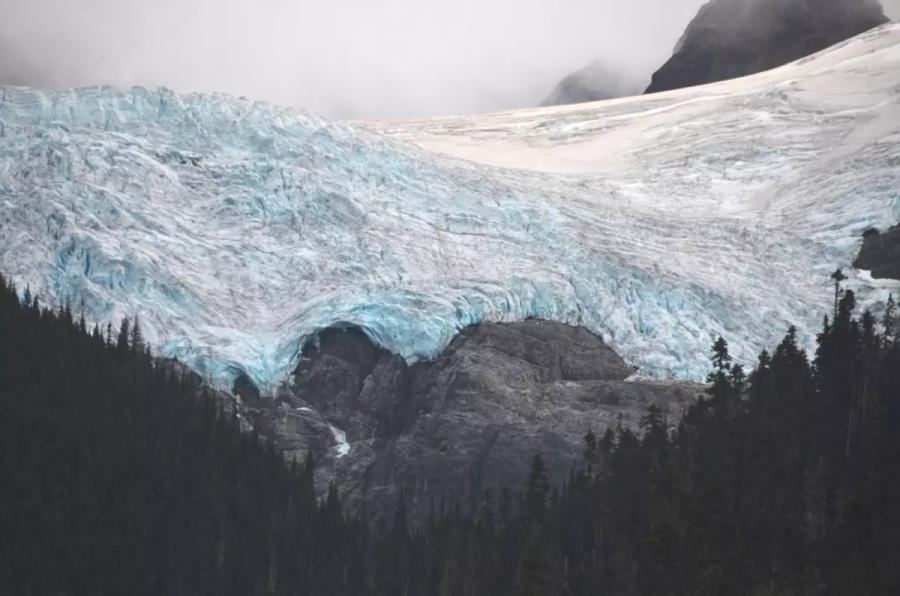Ever heard of the albedo effect?
April 6, 2018
News
Here's what you need to know.
It's not always easy to keep up with expressions and concepts when speaking of climate change and the environment. Therefore, we’re presenting a new buzzword each week with the aim of simplifying scientist talk. We've written about the Anthropocene as the new geological epoch and the importance of biodiversity.
You've probably heard that as a consequence of climate change, glaciers and sea ice is melting. What does this have to do with our weekly environmental buzzword, albedo?
Well, the Norwegian Polar Institute puts is pretty simple: albedo "is an expression of the ability of surfaces to reflect sunlight". This means that light-colored surfaces such as glaciers return a big amount of the sunray back to the atmosphere, and therefore has a high albedo, while dark surfaces such as the ocean or forests have a low albedo, meaning that they absorb the heat rather the reflect it back. Therefore, you can imagine that the melting of glaciers, ice caps and less ground covered in snow means that the heating process will increase.
Still confused? NASA put together a model that illustrates the albedo effect:
About us: CHOOOSE™ is a venture-backed leader in technology-based climate action, building digital tools so that everyone, anywhere, can easily integrate climate action into everyday life and business. Through flexible integrations, customer-friendly interfaces, automated carbon measurement, and a connected marketplace of climate solutions, CHOOOSE delivers a complete platform that enables its partners to build and manage high-impact climate programs. Learn more at www.chooose.today.
POLICIES
PRODUCTS